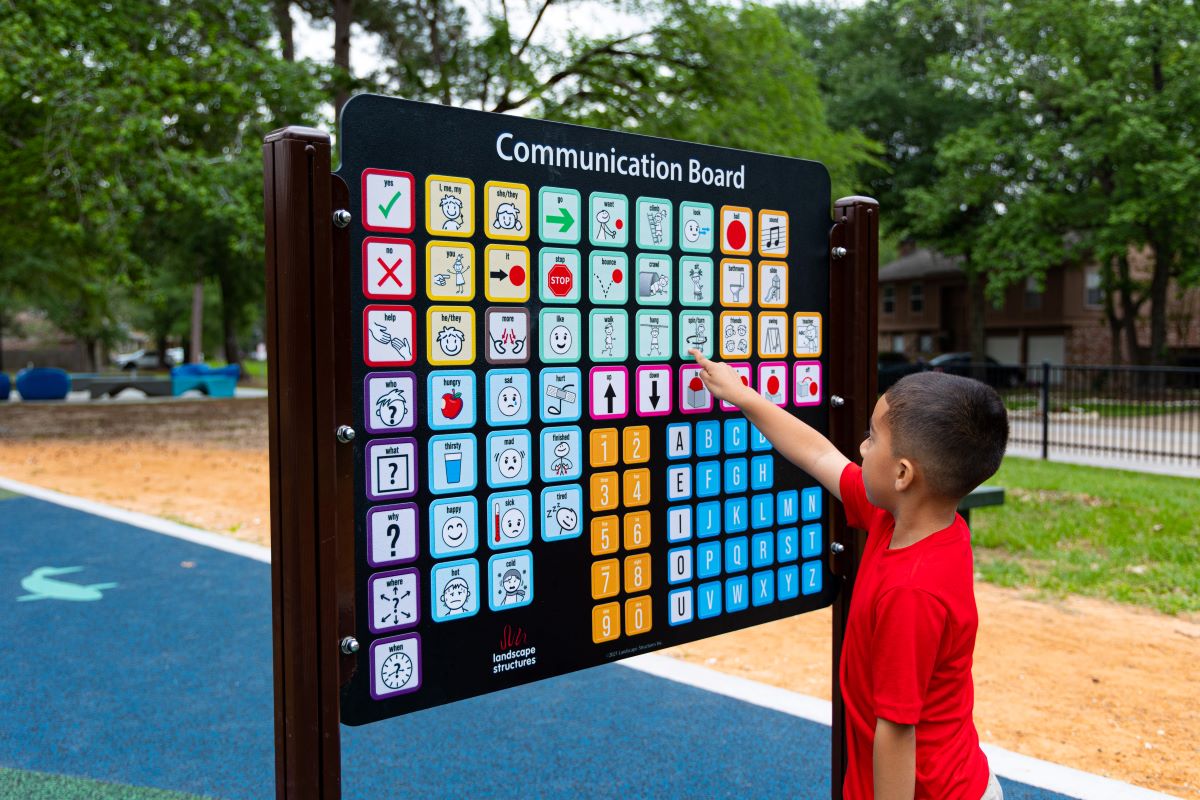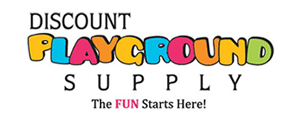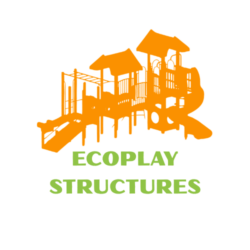By Jill Moore
Author’s note: In recognition of the varying language preferences across the disability community and experience, throughout this article, I’ve used person-first language (i.e., children with disabilities) and identity-first language (i.e., disabled children) interchangeably.
When children step onto a playground, they embark on more than just a journey of play. They dive into a world where they interact, learn and build fundamental developmental skills.
However, for parents of children with vision or hearing disabilities, these experiences often fall short of inclusivity. Traditional playgrounds, despite claims of accessibility, have primarily catered to orthopedic disabilities.
The encouraging news is that change is on the horizon. Driven by the efforts of inclusive-play advocates and the adoption of inclusive design principles, playgrounds are transforming to better cater to the needs of the broader disabled community. Now, children with vision and hearing disabilities can enjoy play experiences that parallel those of their peers.
Embracing Inclusive Play
The Americans with Disabilities Act (ADA) is often seen as the driving force behind making spaces more accessible. However, the focus when designing a playground tends to be on including access for those with mobility disabilities.
Astonishingly, statistics from the National Center for Education reveal that only 1% of the students receiving special education services under the Individuals with Disabilities Education Act (IDEA) are attributed to orthopedic disabilities. This glaring disparity indicates that even ADA-compliant playgrounds might not adequately address the needs of people with other disabilities such as vision and hearing.
In the pursuit of inclusivity, many communities and schools have made efforts to cater to disabled groups in play spaces. But too often, the intent is greater than the impact. An example of this is the use of braille signs in playgrounds. While well-intentioned, a shortage of braille teachers and the rise of assistive technology means that only about 10% of blind children are literate in braille today.
Fortunately, the focus on inclusive play today is more holistic and intentional. Now, kids with vision or hearing disabilities have spaces where they can not only play, but also feel comfortable accessing, getting oriented and moving around in.
The Winds of Change
Today’s inclusive playgrounds embrace children with vision and hearing disabilities through a variety of innovative approaches:
- Enhanced Use of Color and Contrast: For children who are blind or have low vision, playgrounds now utilize color and contrast more effectively. This assists children in perceiving and distinguishing playground features with greater ease. Steps on the playground may use color cues or a balance beam may contrast in color with the ground below, for instance, which enable children to detect changes in elevation and gauge distances.
- Tactile Maps and Sound Elements: Innovative additions like tactile maps help blind and low-vision children mentally map the play area. Musical play panels and outdoor musical instruments offer auditory cues that aid in spatial orientation. Colored walkways, textural variations in the ground, and guide ropes further facilitate movement.
- Spatial Considerations for Deaf and Hard-of-Hearing Children: Playgrounds are being designed with open spaces and wide walkways to accommodate the spatial requirements of sign language communication, which often demands more room than spoken language. Elevated viewpoints provide a clear perspective of the playground, aiding children with hearing disabilities in understanding activities.
- Inclusive Play Elements for Hearing Disabilities: Musical play features like bells also attract deaf and hard-of-hearing children. Although they might not hear the sounds, these children can experience the playfulness through other senses, such as sight and touch. Additionally, material choices like roller, concrete, or stainless-steel slides eliminate concerns about static buildup for children with cochlear implants.
Empowering Inclusive Play
To foster more inclusive playgrounds for children with vision and hearing disabilities, individuals can take certain steps to be a good advocate.
Begin by becoming informed about inclusive play and understanding its significance. Consider the unique needs of your local disabled community by acquiring local ability demographics. This knowledge will empower you to advocate for play spaces that cater to their unique needs.
It’s essential to integrate inclusive play features seamlessly into the playground design. This prevents children with disabilities from feeling isolated and promotes interaction. Colorful stairs, roller slides, and musical elements, for instance, can be thoughtfully woven throughout the play area to benefit children of all abilities.
Engage with city officials to raise awareness of the distinct needs of children in your community and offer your help. By working together, you’ll engage more of the community and get more dedicated resources to create an inclusive space.
A Playground for All
On the playground, innovation can be an invitation – to play, to learn, to grow. To have the same experience as everyone else. By continuing to evolve playground designs to address the needs of kids with vision and hearing disabilities, playgrounds can be what they should be – places where every kid can have fun.
Jill Moore is an inclusive play specialist for Landscape Structures Inc., a Delano, Minnesota-based manufacturer of commercial playground equipment, www.playlsi.com.














